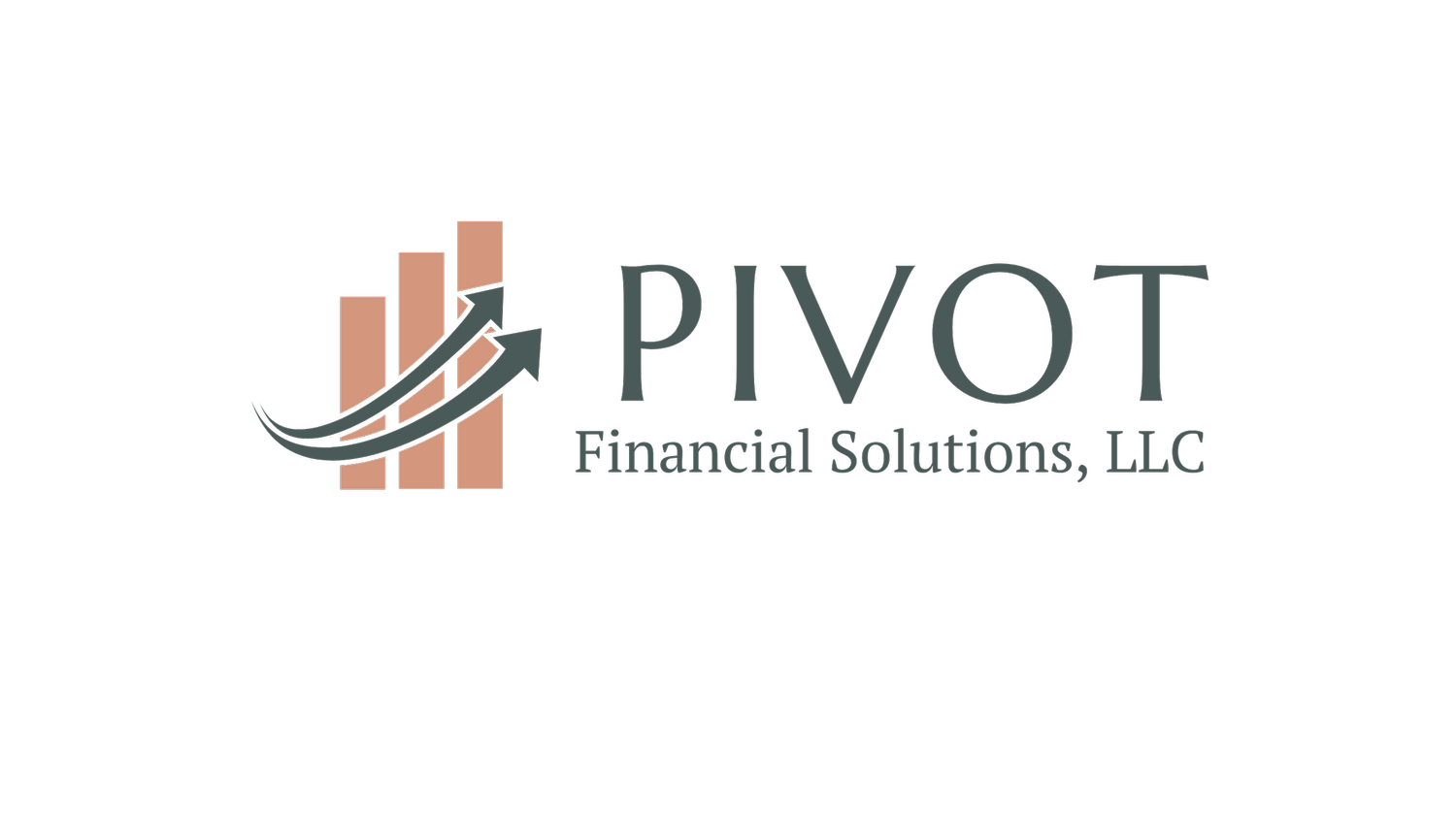The 5 KPIs Every Restaurant Owner Should Track (And What They Actually Tell You)
You’ve got sales rolling in, staff on the floor, and tickets flying through the kitchen. But if you’re not watching the right numbers, you’re still driving your restaurant without a dashboard.
Most owners don’t need more data—they need the right KPIs that cut through the chaos and tell them what’s really happening with their money, their team, and their operations.
Here are 5 KPIs every restaurant should be tracking—and how each one solves a real problem in your business.
1. Prime Cost
What it is:
Your combined cost of goods sold (COGS) + total labor cost
Formula:
COGS + Labor / Total Sales
Why it matters:
Prime cost tells you exactly how much it costs to produce and serve what you sell. It’s your most controllable expense—and one of the biggest profit killers when left unchecked.
Target:
Under 60–65% for most full-service restaurants
Real-world fix:
If prime cost is creeping up, it’s time to look at portioning, waste, scheduling, and whether your menu pricing is keeping pace with inflation.
2. Food Cost Percentage
What it is:
The percentage of your revenue spent on ingredients.
Formula:
Beginning Inventory + Purchases - Ending Inventory ÷ Food Sales
Why it matters:
If you’re not watching this weekly, you’re flying blind. Food cost tells you if your kitchen is staying efficient—or if portion creep, spoilage, or theft is draining your profit.
Target:
28–35% depending on your concept and pricing
Pro Tip:
Stop relying on monthly numbers—track food cost weekly to catch problems early.
3. Labor Cost Percentage
What it is:
What you're paying staff (FOH + BOH + salaried + hourly) as a % of sales
Formula:
Total Labor / Total Sales
Why it matters:
Labor is your second-biggest expense. Too high, and you bleed cash. Too low, and you’re short-staffed and burning out your team.
Target:
30–35% for full service, 25–30% for quick service
Where to look:
Are you staffing based on sales trends, or habit? Are clock-ins monitored? Is your team cross-trained?
4. Turnover Ratio (Employee or Table)
What it is:
Employee Turnover = # of employees lost ÷ total employees
Table Turnover = Total covers ÷ total tables ÷ hours open
Why it matters:
High employee turnover means constant hiring and training—costing you time, money, and guest experience. Low table turnover might mean service bottlenecks or pricing issues.
Fixes:
Create onboarding systems to retain staff
Improve service flow or reservations to maximize covers per shift
5. Net Profit Margin
What it is:
The percentage of revenue you keep after all expenses
Formula:
Net Profit ÷ Total Sales
Why it matters:
This is the final scorecard. If your net profit is under 5%, you’re basically breaking even. And if you don’t know this number, you’re guessing your way through every business decision.
Target:
5–15% is healthy. Over 15%? You’re running a tight ship.
Final Thoughts: Stop Tracking. Start Managing.
If you’re just pulling sales numbers and glancing at your bank balance, you’re not running your restaurant—you’re reacting to it.
Start with just two KPIs this week—prime cost and labor %. Watch them weekly. Make decisions based on what they show. Then add in food cost and profit margin as you go.
Numbers don’t lie. And when you know how to read them, they’ll show you exactly where your restaurant is winning—or where it’s leaking cash.
